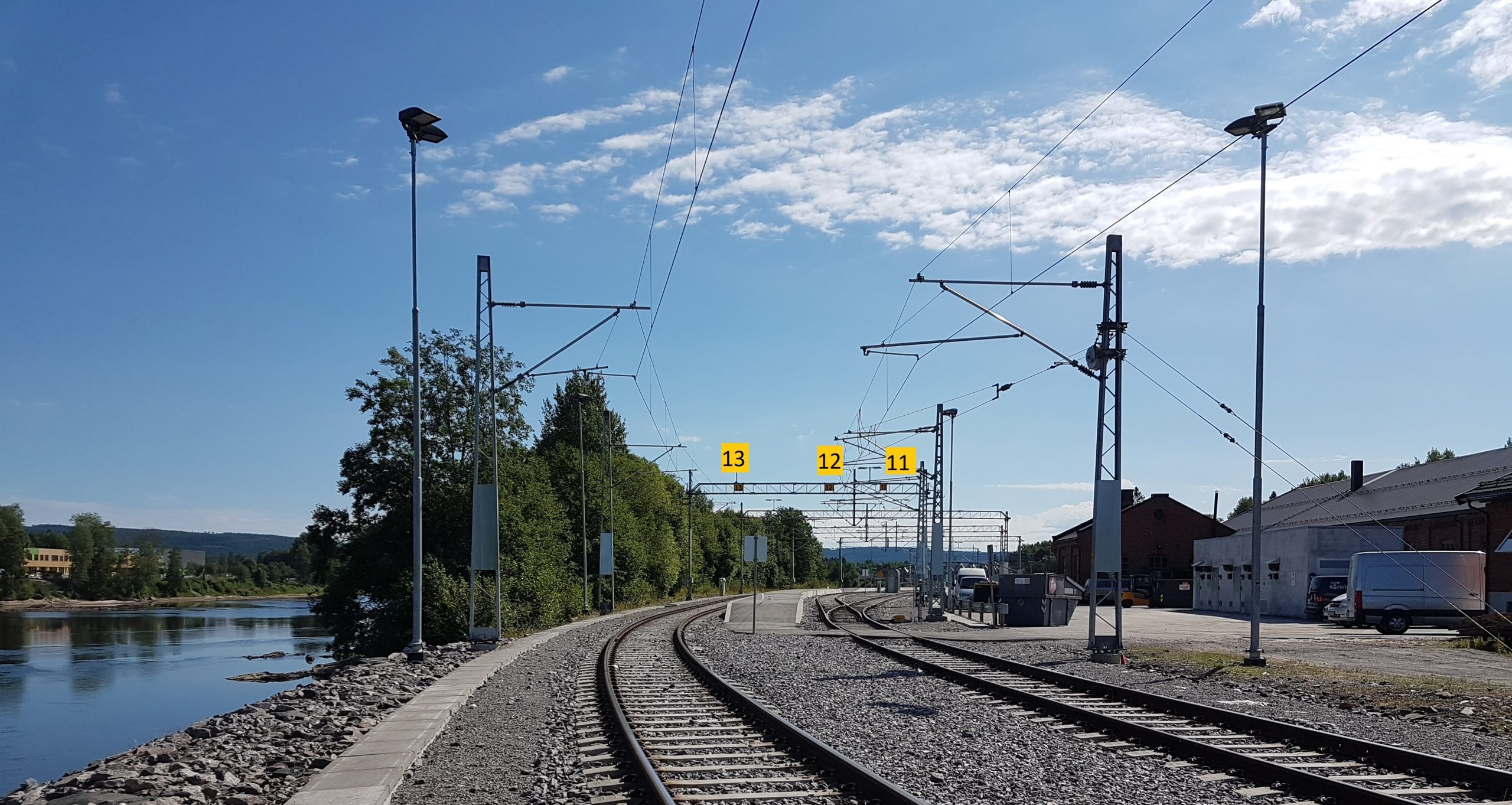Norway’s rail infrastructure manager, Bane NOR, has signed the first contractor agreement for the construction of a new passing loop on the Kongsvinger Line, which connects Lillestrøm and Kongsvinger and continues onward to Charlottenberg in Sweden. Following a close competition between several bidders, Bane NOR selected Anlegg Øst Entreprenør, which submitted the best overall offer.

At Galterud, a new passing loop will be constructed just northeast of Galterud Station, in the municipality of Kongsvinger, approximately 90 km east of Oslo. Although there is already a passing loop at the station, it is too short to accommodate long freight trains, meaning that only a limited number of trains can currently pass each other there. Construction is set to begin this summer, with the loop expected to become operational in autumn 2026.
By establishing a new and longer loop, Bane NOR will enable 740-metre-long freight trains to pass one another, helping to meet the increasing demand for running longer freight trains along the Kongsvinger Line.
To construct the new loop, an embankment will be built in the Glomma River, and the track will extend from just after Huvnes Bridge to a few metres beyond Gulli Bridge.
Bane NOR is upgrading the Kongsvinger Line to increase capacity for freight and timber transport. The improvements are planned in several phases, and the Galterud passing loop is one of four projects included in the first phase of the upgrade. To achieve the necessary boost in freight capacity, it is essential that all these projects are completed.
Together with the projects at Rånåsfoss, Seterstøa, and Bodung, Bane NOR plans to invest NOK 1.5 billion (approximately EUR 130.6 million) in the Kongsvinger Line over the coming years. In addition, planning is underway for the expansion of the Norsenga timber terminal at Kongsvinger Station.
The line plays a vital role in freight transport between northern and southern Norway, as well as in cross-border traffic. The upgrade is also expected to increase flexibility for passenger services along the route.
The Kongsvinger Line currently carries a significant volume of traffic, including both freight and passenger trains. Approximately 65% of traffic consists of local trains, 20% of freight trains, and 15% of regional and long-distance services to and from Sweden.
The upgrade also includes the closure of several unsecured level crossings, which will be replaced with safer, barrier-equipped alternatives at multiple locations. This will provide a safer means of crossing the railway for people in the surrounding areas.
Share on:



